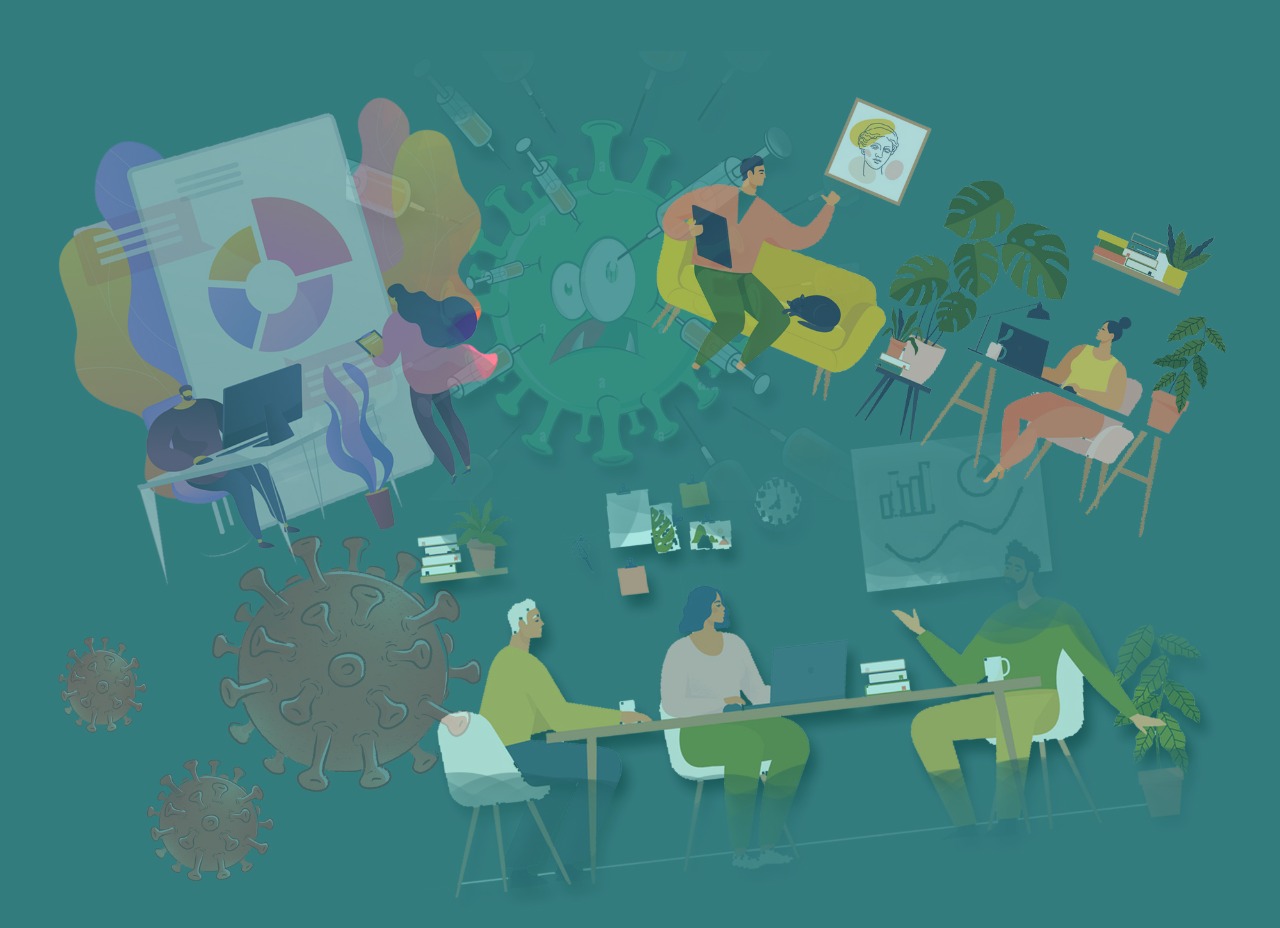In this post-pandemic world where a new perspective towards life is added, it is now pronounced as the new normal. The changing needs have altered our visions and perceptions towards architecture. But if the change is constant, why is it the new normal?
It has always been primarily health that made us view the world from a new lens which changes the narrative of architecture. This very factor has spurred architects around the world to view design fabric through a new dimension. The pandemic has blurred many pre-defined lines when it comes to home, work, hospitals, public spaces & transit stations, and more. Formerly, the wrath of the pandemic terrified people and made them come closer to their families to gain comfort. This altered people’s perspective toward life and made them realize that comfort is a habitable change that brings the betterment of life. Thus, this knowledge and understanding have brought the essential evolution of the places around them.
The first thing that comes to our mind when we talk about pandemic change is – Work From Home: WFH. This pandemic has changed the role of our house, wherein we have started re-imagining the same space with a broadened horizon. It has started playing a lot of roles under the same roof. The concept of home offices have come into the picture as now there are dedicated spaces to work as well as to foster their hobbies in free time. This approach got every corner its own identity with optimistic designs adding a new dimension to architecture. Designers focused on finding and highlighting the niche for the personal needs of the client like pin-up area, relaxation zone, thinking spot, breathing planter, etc. The entire outlook towards enclosed balconies, a terrace garden, courtyard, or porches has been altered which is becoming the future sustainable reality. This noticeable stance has been a calling for good interior and furniture design, ultimately, architecture as a whole.
Talking about the home offices, just like providing a home office room or converting garages into the workspace, we can have the concept of a work pod in compact spaces. The concept of a work pod is to have work-associated amenities. Work pods could be different types like indoor work pods, shutdown work pods, outdoor work pods, etc. Outdoor work pods will allow you to work in the green pocket while shutdown workpod will provide a new look after office hours.
Nowadays, many prefer the concept of sharing a workplace to make it more feasible & economical. This emphasized the concept of an open office with different types of studios, meetings, conferences, etc zones. The notion of workspace feels more practical as one can reach the office by choosing the nearest workplace by leveraging the benefits of time flexibility and various conveniences. Having said that, one thing that crops up in our mind is the existing commercial office buildings. So, what about those? As quoted perfectly, “To justify its existence, the office will have to become a destination with a purpose.” For many, this serves as an indication that the model which has traditionally been designed for commercial office space, may soon be far-fetched in the future. Well this direct to change a little ornamentation of the structure in current needs. There’s no second thought that the needs and wants of every employee differ and so do the circumstances depending on the organization and its culture. But given a deeper thought, hybrid models are one of the most practical models of the future offices where people work remotely a few days a week & work from the office for the rest of the days.
It is apparent from the above that the changes post-pandemic have ignited the need for structural alterations. As such, along with work from home/office, other sectors like institutional, transit, redevelopment, etc.–topics we might touch upon in the coming days, have also been entitled towards change after the pandemic. To sum it all up, this is not the new normal.



